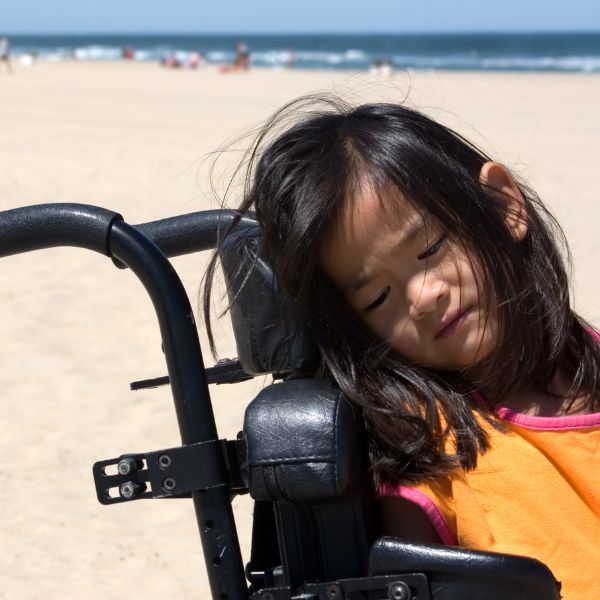Disability rights in Australia
Australia’s Disability Strategy
Australia is a signatory to the UN Convention on the Rights of Persons with Disabilities (also called the UN CRPD). The UN CRPD is an international agreement that sets out what countries are supposed to do to make sure people with disability have the same rights as everyone else.
Our governments have some work to do before Australia is meeting our obligations under the UN CRPD, as discussed in the 2019 Shadow Report.
Australia’s Disability Strategy is a 10-year national plan to improve the lives of people with disability and bring Australia more in line with the UN CRPD.

The Strategy talks about:
- employment and financial security
- inclusive homes and communities
- safety, rights and justice
- personal and community support
- education and learning
- health and wellbeing
- community attitudes
The social model of disability
“[D]isability results from the interaction between persons with impairments and attitudinal and environmental barriers that hinders their full and effective participation in society on an equal basis with others.”
UN Convention on the Rights of Persons with Disabilities
The idea that disability is not just a person’s diagnosis or their impairment, but the result of societal barriers that prevent some people from fully participating in society, is called the “social model” of disability.
For example, a person who wears glasses to see might have an impairment, but we don’t consider it a disability if their glasses make them able to participate in society in the same way as someone with 20/20 vision. The impairment only becomes a disability if the person does not have appropriate access to an optometrist or the money for a pair of glasses.
The social model says that when people with disability do not have equal opportunity to participate in society, it is not the person with disability who is the problem, but the society that has failed to be accessible.


Some examples of societal barriers might be:
- lack of physically accessible housing, toilets, parking, ramps, etc
- lack of access to appropriate mobility equipment
- lack of reasonable adjustments in workplaces or schools
- low expectations about what people with disability can achieve, resulting in fewer opportunities
- lack of accessible information in formats such as Auslan, Braille or Easy Read
- lack of flexibility around work or social schedules
- lack of quiet spaces in public areas or at events
Links to useful information about disability rights and legislation in Australia
All about Australia’s Constitution: A great resource with links and information about Australia’s Constitution.
Australian Education Act 2013: Legislation to reform the way the Australian education system is funded. According to this Act, Australian schools should provide an excellent and equitable education for all students. It also aims for Australia to be ranked as one of the top five performing countries in education by 2025.
Australian Human Rights Commission: The Australian human rights commission is a government body that oversees the how federal legislation about human rights, anti-discrimination, social justice and privacy is put into action. Their website has links and information about disability and human rights in Australia.
Disability Discrimination Act 1992: This is the Act provides protection for people with disability in Australia against discrimination based on disability. Disability discrimination happens when people with disability are treated less fairly than people without disability.
Disability Standards for Education 2005: These are the national standards that describe how education and training providers are supposed to make sure students with disability can access and participate in education like all other students.
National Disability Insurance Scheme Act 2013: This Act creates the framework for the NDIS. It says what the access criteria is, how a participant’s NDIS plan should be made (to help meet their goals and aspirations), and what is meant by “reasonable and necessary support”.
United Nations Convention on the Rights of Persons with Disabilities 2006: An international human rights treaty to protect the rights and dignity of people with disability. Australia is a signatory to the convention, which means the government is obligated to put the rules of the convention into practice here.
United Nations Convention on the Rights of the Child 1989: An international human rights treaty that sets out the civil, political, economic, social, health and cultural rights of children. Australia is a signatory to the convention, which means the government is obligated to put the rules of the convention into practice here.






